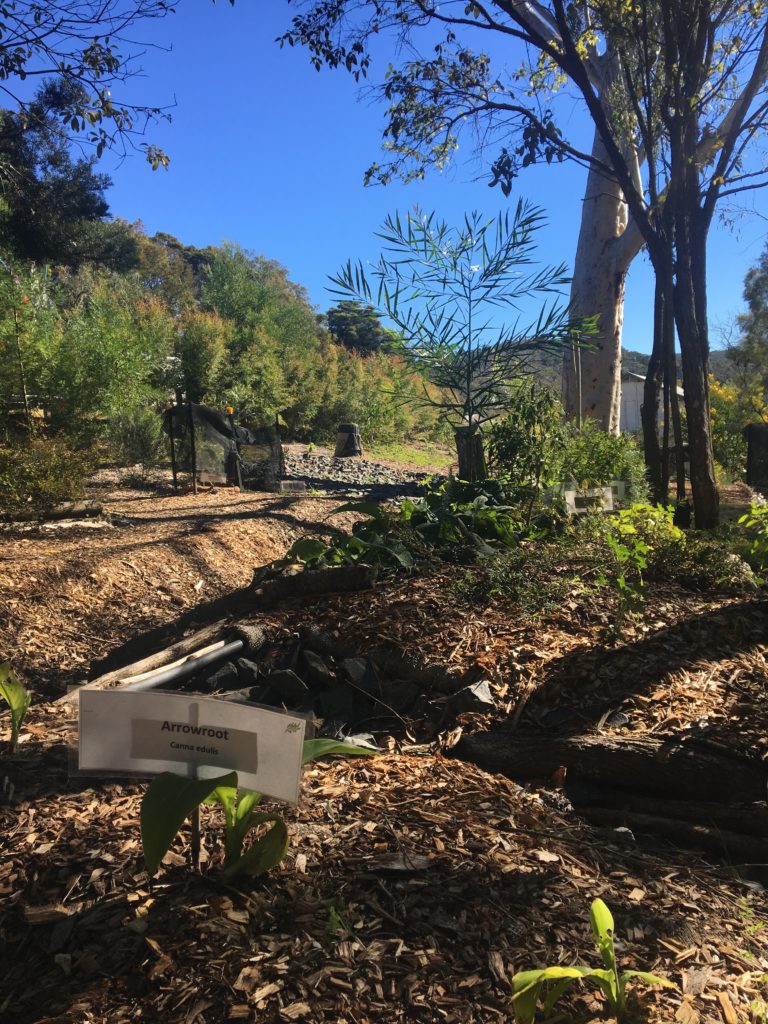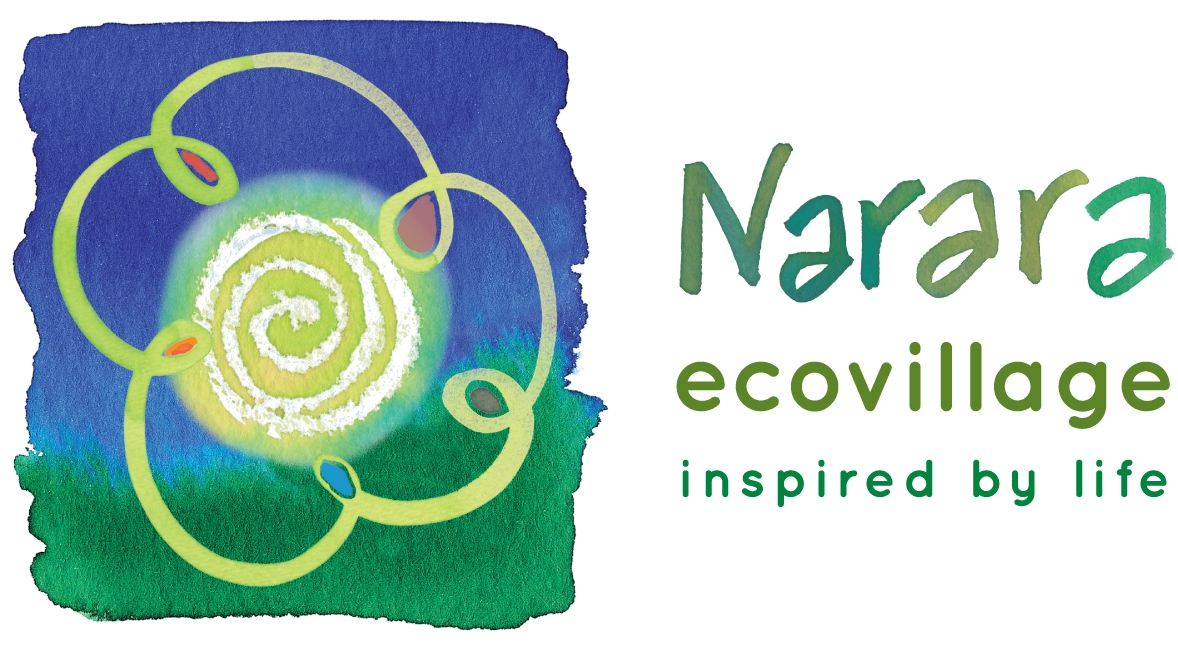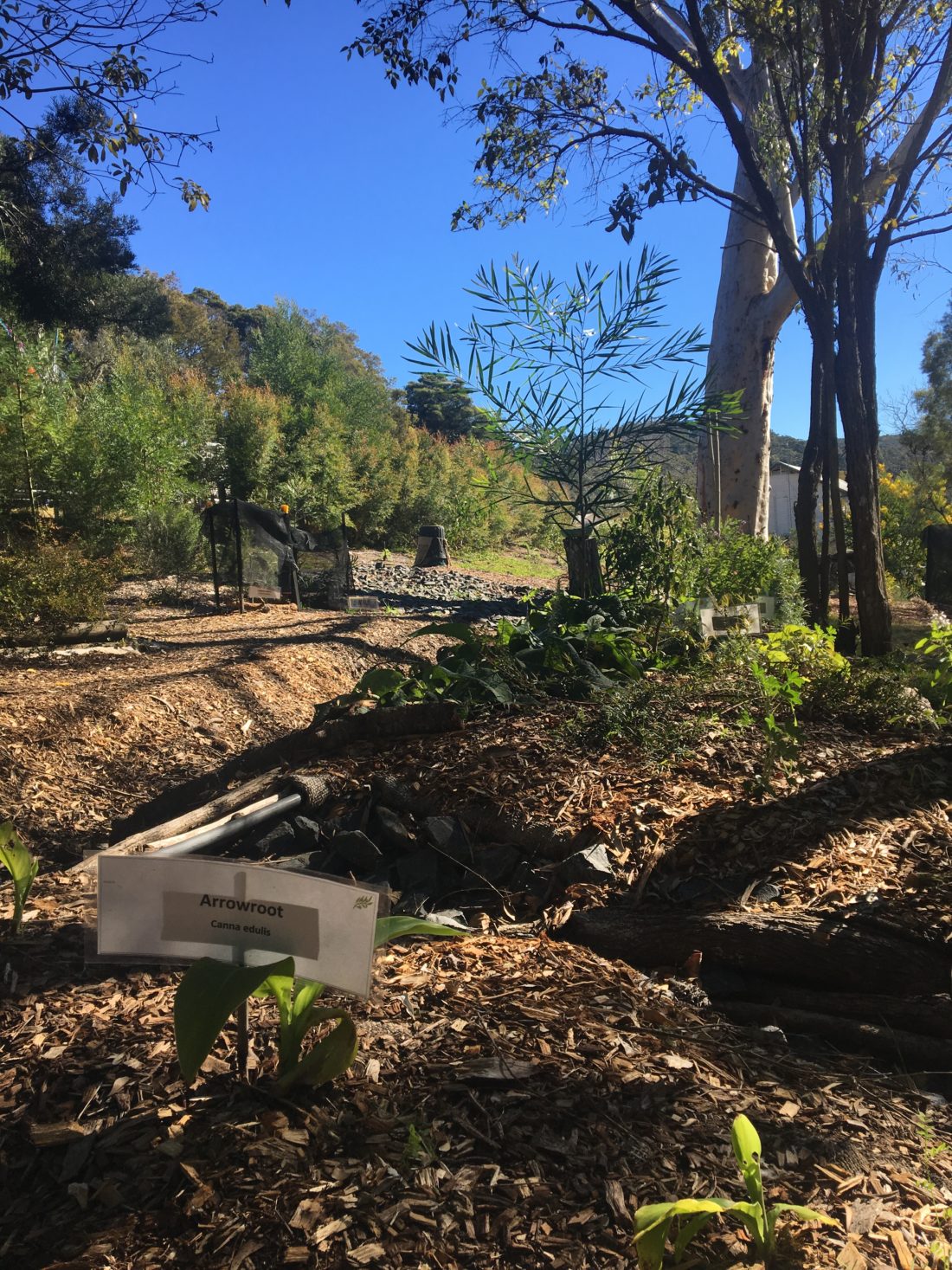
Permaculture is primarily a design system for a holistic approach to sustainable living and practice. Working with nature, it is the harmonious integration of design with ecology for creating sustainable human settlement by simulating or modelling the patterns and features of natural ecosystems.
Permaculture was developed as a response to the dangers of industrial agricultural methods which are not sustainable in the long term, being dependent on non-renewable resources, chemical fertilisers and pest control, reducing biodiversity and removing topsoil from previously fertile landscapes resulting in nutrient depletion. It encompasses water resources management and regenerative and self-maintained habitat and agricultural systems, such as mixed systems of trees and crops underneath.
The three ethical foundations of permaculture are (i) care for the earth; (ii) care for the people; and (iii) fair share. The permaculture design principles or tools mimic the natural order and include ‘designing from patterns to details’, ‘producing no waste’, ‘catching and storing energy’, ‘obtaining a yield’ and ‘integration rather than segregation’.
Applying the principles of permaculture, NEV will assess design outcomes based on criteria such as:
* Energy efficient planning for house and settlement (zones & sectors), placement of the elements according to intensity of use, control of external energies (sectors, e.g. sun, light, wind, rain, bushfire) and efficient energy flow (slope or convection).
* Relative location: Putting things in the optimal place to function efficiently and effectively (making connections between the elements), considering not just the orientation but therelationship of the house, areas to play and recreate, grow food etc and connection to other areas.
* Each element performs multiple functions: each element has more than one function. e.g. swales manage water, grow food, count as easements.
* Each important function is supported by many elements: i.e. basic needs such as food, water, energy and fire protection are served in two or more ways. e.g. fire control through a pond with water, through firebreaks and slow burning windbreak trees. Providing resilience through having backups.

